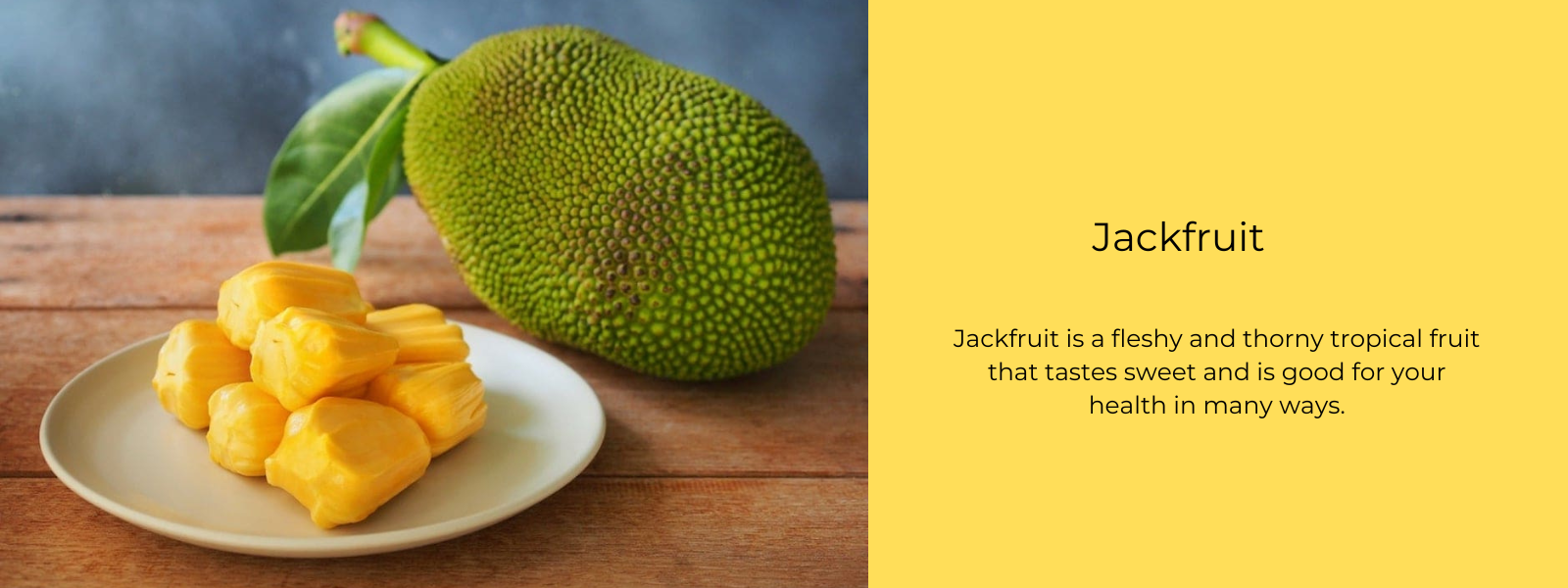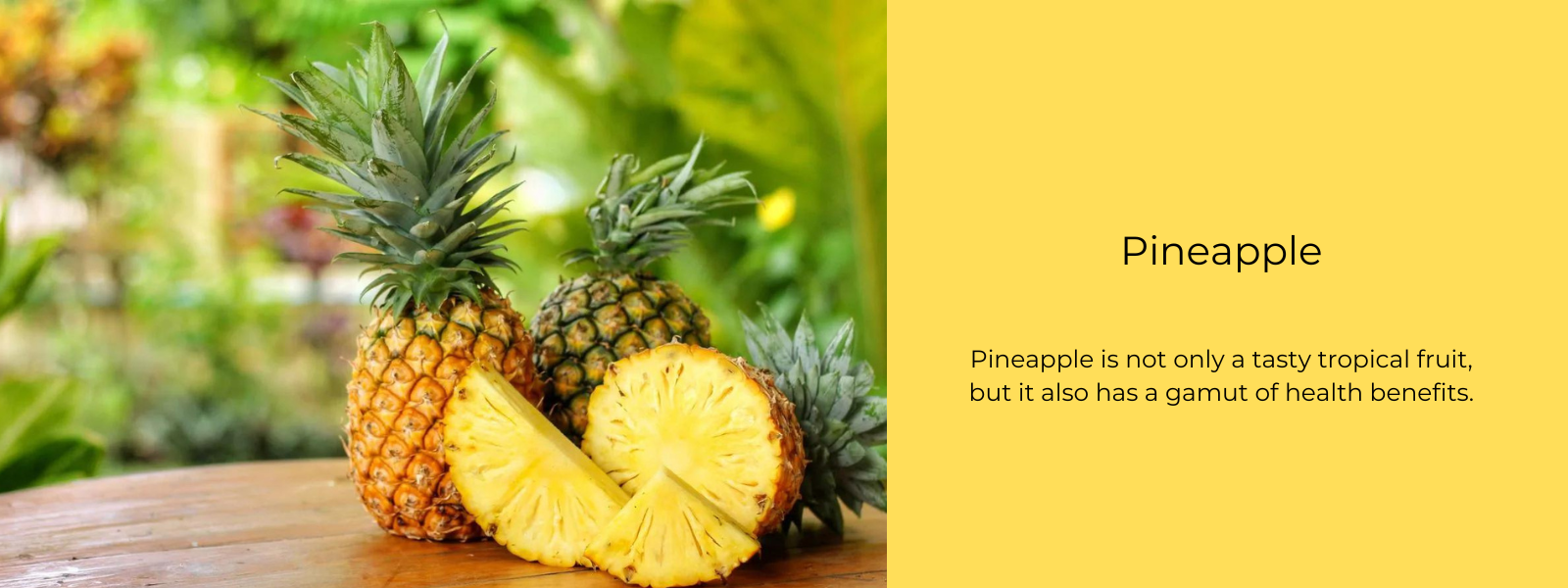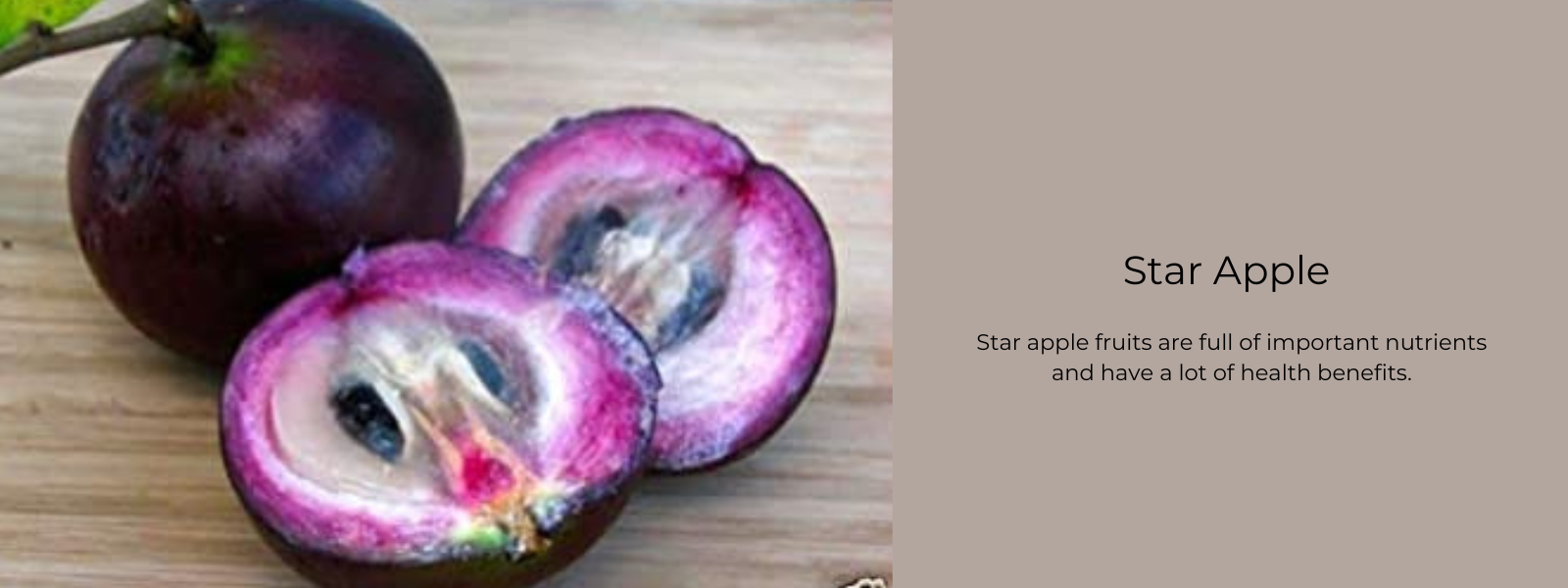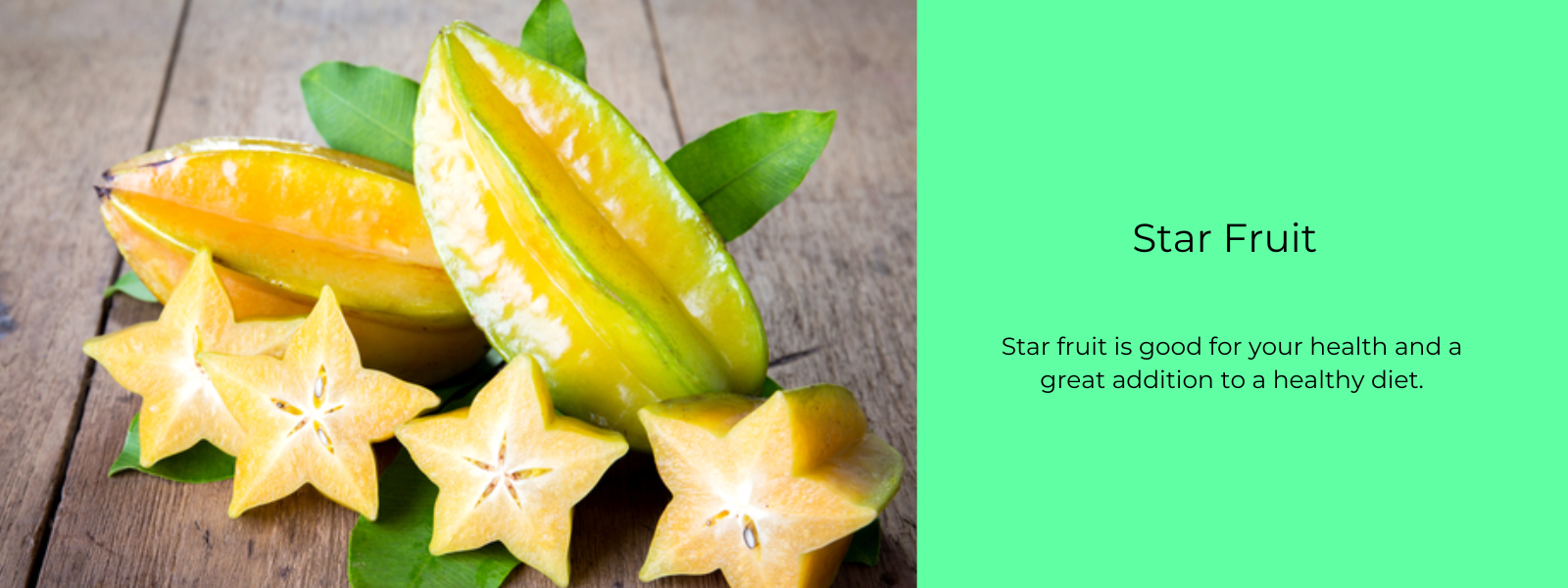Monstera deliciosa is a blooming plant that is native to the tropical rainforests of southern Mexico and the tropics south to Colombia. It is now a mildly invasive species in Hawaii after being introduced there from other tropical regions.
The fruit's wonderful taste inspired the deliciosa special descriptor. This fruit has various names: ceriman, Swiss cheese plant, monsterio delicio, monstereo, Mexican breadfruit, locust and wild honey, balazo, windowleaf, and Penglai banana. Large, leathery, heart-shaped leaves that are 25-90 cm (9 to 35 inches) long and 25-75 cm (9.5 to 29.9 inches) wide characterise this epiphyte with aerial roots that can reach heights of up to 20 m (65 feet). Little, whole leaves without lobes or holes appear first on young plants, but they are quickly replaced by larger, lobed, and fenestrate leaves. If a wild seedling is looking for shade, it will grow towards the darkest location it can find until it reaches a tree trunk, at which point it will begin to grow slowly upwards towards the sun.
Table of Contents
Is Monstera deliciosa fruit edible?
When cultivated in a natural environment, Monstera deliciosa produces fruit that looks like green ears of corn covered with hexagonal-shaped scales. They can swell to a length of 12 inches and a thickness of 2 inches.
The leaves, stems, and fruits of all Monstera plant species are poisonous.
Calcium oxalate crystals (insoluble) are produced by Monstera deliciosa, and they are very toxic and can poison humans and animals with minimal exposure.
Monstera deliciosa, on the other hand, has fruit that is safe for human consumption after it reaches maturity. Toxins and Proteolytic Enzyme may be produced by the unripe deliciosa fruit, releasing deadly substances such histamines and kinins that cause serious physiological damage.
For the reason that unripe Monstera fruits are the only ones that contain the poison.
Plant description of Monstera deliciosa:
It's a popular plant for home gardens and public spaces alike. It prefers temperatures between 20 and 30 degrees Celsius (68 and 86 degrees Fahrenheit), together with high humidity and partial shade. As temperatures drop below 10 degrees Celsius (50 degrees Fahrenheit), growth stops and death from frost sets in. Outdoor cultivation is common in coastal regions of Sicily, particularly the Palermo area, where it is known as "zampa di leone" (literally, "lion's paw"). About three years after planting, under perfect conditions, it blooms for the first time. Seldom do plants planted indoors bloom. Mature plants can be used for cuttings or air layering, two methods of plant propagation. Both the species and the variegated form, 'Variegata,' have been honoured with the prestigious "Award of Garden Merit" from the Royal Horticultural Society.
Plant description of Monstera deliciosa fruit:
The fruit can be as long as 25 centimetres and as wide as 3 or 4 centimetres, and it resembles a green ear of corn with hexagonal scales. Needless structures of calcium oxalate called Raphides and Trichosclereids are commonly found in the fruits of Araceae (Arum family) plants. When the fruit's scales begin to lift and it develops a strong aroma, it's time to cut it open and enjoy its ripe flavour. We put it in a paper bag and wait for the scales to fall off.
Health benefits of Monstera deliciosa fruit:
-
Flavorful and enticing aroma
Did you know that "Deliciosa" was named after the delectable Monstera fruit, which has a great aroma and flavour when ripe?
Monstera fruit offers a wide range of flavours depending on when it is picked. Flavor-wise, it starts off tasting like guava on day one, then moves on to mangosteen, lychee, passion fruit, sweetsop fruit, and grape on day seven.
By day nine, though, the fruit is at its tastiest and most aromatic, having reached its peak of ripeness.
2. Effective as a Quick Energizer
Fruit from the Monstera deliciosa tree is extremely nutritious.
With its high concentrations of protein, phosphorus, vitamin C, and carbohydrates, it can be used as a quick source of energy.
Vitamin C's anti-inflammatory and stress-reducing effects make it a valuable antioxidant. Moreover, Monstera deliciosa fruit is an ideal daily fruit item due to its high levels of beneficial carbohydrates, small amounts of Vitamin B, and negligible fat content. Runners, swimmers, and cyclists can all benefit from taking it as an energy boost before a workout.
3. Helps Heal After Radiotherapy
Recovery from radiation therapy calls for a diet rich in nutrients that promote tissue repair and immune system strength, according to experts.
After undergoing radiotherapy, eating a lot of deliciciosa fruit could help replenish the body's natural supply of antioxidants.
Fruits like Monstera are highly recommended for their antioxidant and nutritional value, along with lean meat, fresh beans, lentils, and soy products.
Also, it will supply vital macro and micronutrients to aid in tissue repair and regeneration.
4. Promotes Regular Bowel Function
Certain digestive fluids are stimulated after eating this seasonal fruit.
Monstera deliciosa fruit aids in regular bowel movements since it contains microminerals, fibre, and antioxidant qualities.
How to eat Monstera deliciosa fruit?
- Peel off the greenish scales and savour the sweet white meat inside.
- Make a homemade jam with the extracts and spread it on toast, ice cream, or waffles.
- Slice the fruit into bite-sized pieces and store them in freezer bags for later use.











Leave a comment